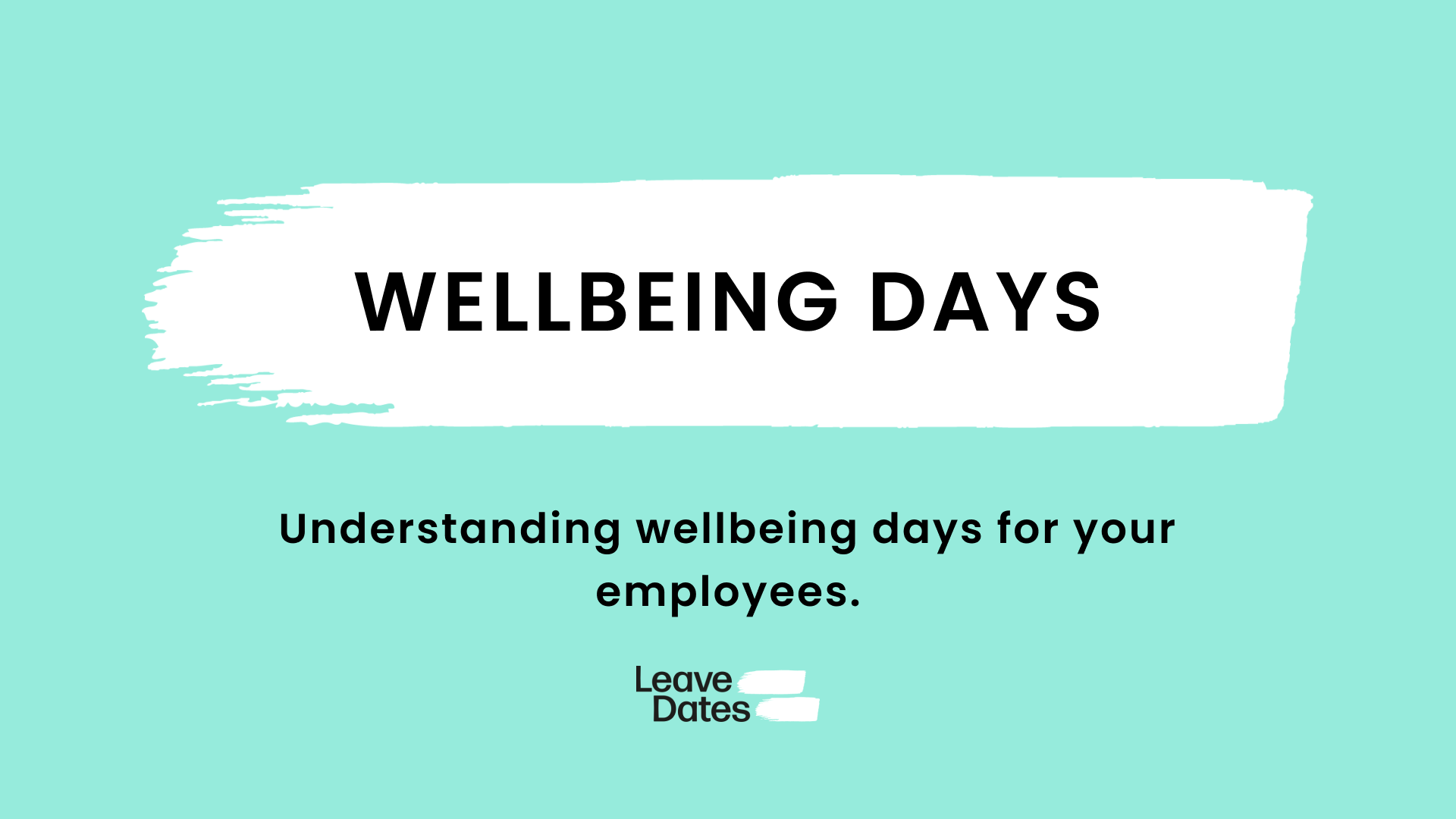
Could your workplace do more to encourage wellbeing in and out of the office? Many people feel this way but need help figuring out where to start to create real change.
One progressive and forward-thinking company has implemented an innovative 'Non-Smoking Leave' policy to encourage employees to get healthier.
Tokyo-based Piala Inc. found that employees who take multiple daily smoke breaks spend an average of 6 days outside the office annually. After an anonymous suggestion highlighting the internal tension between smokers and non-smokers came to management, the company decided to take positive measures to keep things even, promote healthier lifestyles and foster a better culture.
They found that one cigarette break took 15 minutes, including the trip down and back to the 29th-floor office. Rather than penalise smokers, CEO Takao Asuka and his management team chose to reward non-smokers with an extra week off. The initiative has been praised around the world for its unconventional thinking and successful implementation.
How do you begin implementing wellness initiatives at work?
If it's time to look at wellness strategies for your workplace, here are some great ways to get started:
1. Find out what your employees need to stay well at work.
- Create a survey to ask the workplace all of your questions. Remember that some of the topics may be sensitive, so ensure that surveys are anonymous or give the option to remain anonymous so that you receive truthful results.
- Review your data to see what trends are emerging in your workplace. Consider which trends are expected in your industry and which are unique to your business.
2. Set your goals
- What are you looking to achieve with this information? For example, do you want to optimise your team's experience at different stages of their tenure, craft an employee assistance programme, promote general wellbeing, or create unique leave policies?
- Design the process for measuring your progress using SMART goals to get started.
- Document the goals, process and plan, and involve key people who need to track and trace data or report as you go.
3. Communicate the results and goals with management.
- Training may be required to ensure that managers and other key people in the business are participating.
- They must understand your survey results, any other research you have undertaken, and how the strategy to resolve issues was formed.
- Discuss if any adjustments need to be made for unique circumstances or things that may not have been considered.
- Communicate the next steps in developing a plan and secure the budget and resources that you may need.
4. Develop your plan for enhancing wellness in your workplace
Every business has unique needs that you will discover through your research. The following may be helpful pathways:
- If you have decided that creating a new leave policy would help resolve the issues in your business, consider a 'Wellbeing Leave' policy. Or like Piala Inc's 'Non-Smoking Leave', a policy that targets a behaviour or long-term health benefit.
- Your team may benefit from counselling or other services that help their physical and mental health; an employee assistance programme may be the right fit.
- If your survey included any questions about stressors outside of work, like financial pressures, financial counselling, advice, or planning, a reputable resource would be helpful to offer.
- Employees, especially those caring for children, elderly, or disabled family members, may benefit from extra support in their own homes, such as meal-planning or home cleaning services.
- Partner with local businesses and your client's businesses to create a benefits programme.
Include in your plan how to create a culture within the business where staff prioritise the wellbeing of themselves and others. Culture plays a crucial role in the success of any wellness strategy.
5. Launch your initiative with your team.
Communicate your strategy and plan with the broader team, with clear instructions on how to participate and where to go for specific information.
- If you publish any insights from your survey or research with quotes or case studies, ensure that no information identifying individuals is included unless they have permission.
- Use staff meetings, newsletters and other internal communication channels to keep the team updated and participating. Recognise and reward team members who have embraced the supportive culture and consistently participate in and promote the programme.
6. Keep monitoring and documenting the progress of your wellness initiative.
Periodically review the success of your programme by documenting participation and feedback. Consider conducting a follow-up survey, including questions from the initial one, to compare data and see if morale is increasing. Address any issues that arise soon to make your wellbeing initiative successful.
Using these tips as a base, starting your wellbeing initiative will be a smooth and rewarding process. And you never know—your innovation may make a great case study in innovative workplace wellbeing, just like Piala Inc.'s 'Non-Smoking Leave' policy.




